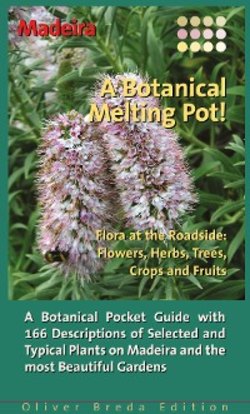Читать книгу Madeira - Susanne Lipps - Страница 39
ОглавлениеIn the Gardens
Lobster Claw, Parrot’s Beak
Clianthus puniceus
Bloom time
From March to May.
Characteristics
The shrub with a height up to 2 m (6,6‘) is easily mixed up with smaller specimens of the related Cock’s Comb Coral Tree (cf. p. 25). Anyway, Lob-ster Claw’s clusters of orange flowers hang downwards. Single blossoms remind of parrots’ beaks. The leaves are finely pinnate, the twigs are conspicuously curved.
Site:
On Madeira, Lobster Claw prefers altitudes of 350-700 m (385-765 yd.); anyway it can also be found at coastal levels. It is quite frequently cultivated in gardens, parks and at roadsides - among others mainly in Funchal and Caniço.
Interesting to know:
Lobster Claw is native to New Zealand. For overgrazing of its habitats it is nearly extinct there and ranges among the most threatened plant species of the world. Fortunately it can easily be cultivated. Especially in England it is very popular as an ornamental plant for its dense inflorescence. It tolerates light frost and can thus be grown outdoors. Moreover it is to be found in greenhouses of botanical gar-dens or in many private vineyards in Central Europe. As a climbing plant it is popular for being grown in hanging baskets or at trellis-es. Apart from specimens with orange flow-ers you can find cultivars in pink and white.
39
